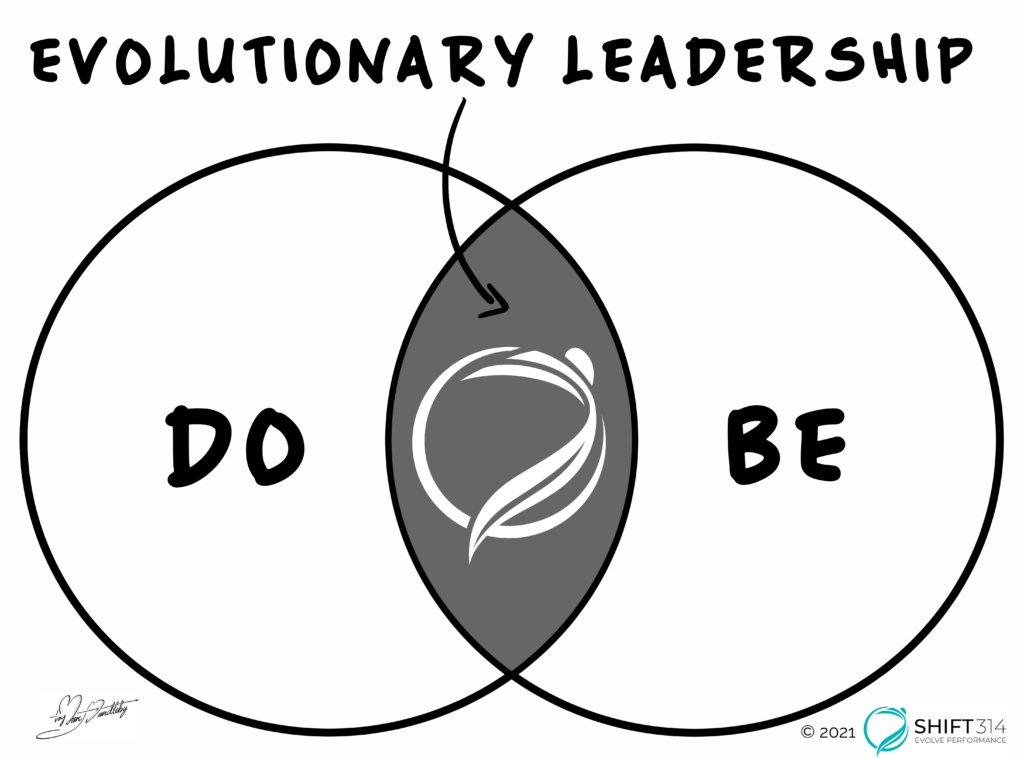Let’s face it- startup cultures are exciting and bold. It’s a culture where everyone is engaged, motivated, and all in! Ready to roll up sleeves & do what it takes; the risk is high, the rewards are inviting- it’s a game people want to play.
One of the biggest challenges with startups is that when they become successful, they lose their culture along the way. Gone is the initial feeling of aliveness and excitement. The passion and motivation that was once there is now lacking. There is more red tape. There is more bureaucracy. There is more division amongst people. Everybody knows that this is happening, yet they feel helpless to do anything about it.
We will explain why this is happening and what you can do about it.
Or perhaps you’re an older organization wanting to taste the excitement and the culture of a high-performance startup. Listen carefully to get your org back in the game. 
The Problem
When people form a startup, there’s a lot of energy and passion. Long hours, a great deal of focus, and a lot of changes and pivots. Everyone’s giving one hundred percent. That’s perfect for when the company is really small – five, ten, or even twenty people. But once you get past 20 people, things start to change.

You no longer have everyone in the same room, and there are too many communication paths to have everyone stay fully in sync. People start drifting apart and it starts to take longer to get things done. People think, “Okay, we’ve gone as far as we can without structures. Now we need to introduce some structures to get control over what’s happening here.”
The intentions behind this are very good: to provide the support needed so people can function effectively. The problem is that at this point we fall into a trap – and pretty much every single startup does this. It’s the trap of “business as usual” or traditional management practices.
The Beginning of Business as Usual
Here’s what happens: as the startup grows, people start carving up all the work based on areas of responsibility. “Oh, we’ll have a Director of this. We’ll have a Vice-President of that.” Even when a company is very small, with fewer than 10 people, you often have people with titles like these. In the back of everyone’s mind, they’re trying to create the future of the organization based on what they have seen in the past.
It all seems very natural and very sensible. But what happens is we start building silos – these mini empires within the larger organizational system. And we start applying the business-as-usual pattern.

“Well, I’m the CEO, so I guess now I need goals. I need to pass these goals onto the team to make them happen…” We start looking to the guidance of traditional business patterns to allow ourselves to scale. When that happens, bureaucracy – business as usual – sets in and becomes the norm. And with it, the feeling of a startup culture starts to fade away.
The Death of Startup Culture
As business as usual becomes the norm, people start viewing their role as more like a regular nine-to-five job. That passion that made people feel alive and connected starts to fade. And then productivity drops. Even though we’re adding more people, we’re not really able to get all that much more done.
Here are some signs you’ve lost your startup culture:
- You can’t pivot and change easily anymore
- It takes longer to get things done
- It takes longer to make decisions
- There are ongoing mis-alignments that never seems to get fully resolved
- People aren’t as passionate as they used to be
- People aren’t as connected with the vision as they used to be
The Leadership Problem
The first challenge is that we have an underlying belief in the command and control pattern of running an organization. We experienced this pattern in our childhood and in our education systems, as well as in most ordinary workplaces where there are people at the top giving orders. Thus, the command and control pattern is a very deeply ingrained behavioral pattern, so we unconsciously begin to follow it as our organization grows. Unfortunately, just getting rid of the hierarchy won’t work. What is needed is an evolution of how both leaders and staff function.

The second challenge is trickier because it has to do with the mindset of the leaders. Ultimately, it’s not about the structures. It’s how we introduce the structures and how we involve people. It’s really about the mindset and the skills and capabilities of the people in leadership positions. It’s about the leadership team, the layers of management, and how everyone who has a leadership role shows up. It’s about their consciousness, how they approach work, make decisions, and engage people. This will determine whether the organization falls prey to business as usual or keeps the startup culture alive.
Now, the challenge here is, when people want to become managers, they go and get something called an MBA, or a Masters of Business Administration. While administration skills are important, what’s needed to avoid the trap is evolved leadership. What’s needed is people in management roles demonstrating true leadership by modeling more progressive behaviors – modeling the future culture of the organization.
Leaders Must Grow as the Organization Grows
As an organization grows, the level of tooling and approach needs to grow to hold a larger organizational system. The leaders need to grow to hold the larger organizational size.
You might have one executive who’s great in a 20 person company. But once it gets to 100 or 200 people, they don’t have the mindset needed to handle the organizational complexity. The challenges of the larger system highlight limitations in their leadership – a variation of the “Peter Principle”.

They don’t have enough internal psychological safety to let go of some decisions and create space for other people. They don’t know how to grow leaders beneath them so that those people can take on responsibility and have higher levels of autonomy. Leaders don’t have the mindset that’s needed to hold a larger system in a more productive and evolved way, and so they default to business as usual – killing the startup culture in the process.
So You’ve Lost Your Startup Culture – What Can You Do Now?
In order to maintain or regain a startup culture, leaders need to both evolve their mindset and learn new practices. We refer to this process as Evolutionary Leadership. Evolutionary Leadership is the choice for a leader to evolve their consciousness and learn the practical skills to engage and help an organization evolve.
There’s a “being” aspect and a “doing,” aspect, and we need both of those elements working together in harmony to unlock the capabilities of leaders. In this article, we’ll give some very practical elements focused specifically on startup culture.

Share Decision Making
Initially, with startup cultures, there’s a lot of independence and autonomy because people have a clear line of sight. As the organization grows, it’s important to learn how to clarify decision boundaries. This is where the technology of the decision cards and the advice process come in. These are technologies that will help leaders learn how to share power effectively, how to let go of decision-making, and also how to grow other leaders so they can make those decisions effectively.

When top leadership allows the decision-making to be held at different levels, people will feel valued and empowered, they grow into leaders in their own right. They’ll be energized and they’ll be able to make good decisions to move the organization forward. Yet that requires the whole ecosystem of management to learn how to let go of control in a safe way and develop people’s ability to take on responsibility.
Navigate the Paradox of Power
The most important thing for a founder or executive is to look at the fear of sharing power. Look at how your ego is attached to being important, to being the one to make decisions, and how your inner sense of psychological safety depends on being in control. There’s actually a whole chapter in our upcoming book, Leading Beyond Change about letting go of control.
In our book, this is called the Paradox of Power. It’s really about how you can, on the one hand, let go of power so other people can take decisions and responsibility. And at the same time, how can you use power effectively for the benefit of the people in the system?
And the core of it is the evolution of leadership to understand and transcend this paradox. In order to do so, it’s important to understand that the effective use of power is very, very important. Equally as important is releasing power in intelligent, responsible ways.
Focus on Leadership, not “Culture”
It’s a mistake to think that startup culture is just a cultural topic. The truth is, focusing on transformation programs and HR can at best give limited success. The real shift comes when leaders make the change. They don’t ask other people to make the change, they make the change themselves – and that ripples out through the layers of the organization.

It’s not about asking people to follow values or rules of behavior. That’s a big trap, and it only leads to traditional business-as-usual.
Everything we’re talking about is contained within our SELF system, which is the SHIFT314 Evolutionary Leadership Framework™. It’s called the SELF because the key insight that we’ve had is that the only real way to scale excellence is through people.
We want to go from a small organization to a bigger one. As an organization grows, leaders need to learn a different level of capability to function while maintaining that same startup culture. Leadership holds the key to creating the culture – everything flows from that.
Final Thoughts
Startups are awesome at rapidly clearing away everything that blocks the path to success. These are companies that have the power to create good products because they have great people. The market is good and they’ve got a good business strategy, yet now they’re hitting their limit. It’s about being able to grow and sustain the valuable culture that got you there.
So what this comes down to is understanding that the thing getting in the way of success is the leadership. It’s their ability to unlock themselves, unlock the people in the organization and not fall into the trap of business as usual. There’s a ready excellence in your organization, and the only way to scale it and preserve it is through the people. And that starts with leaders.



